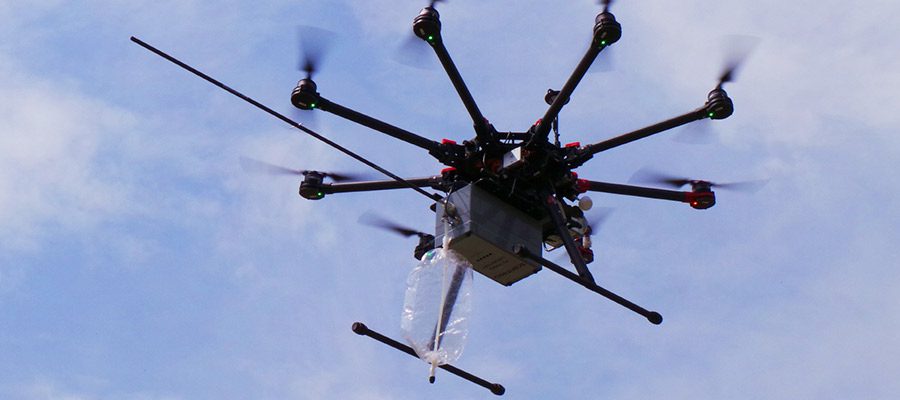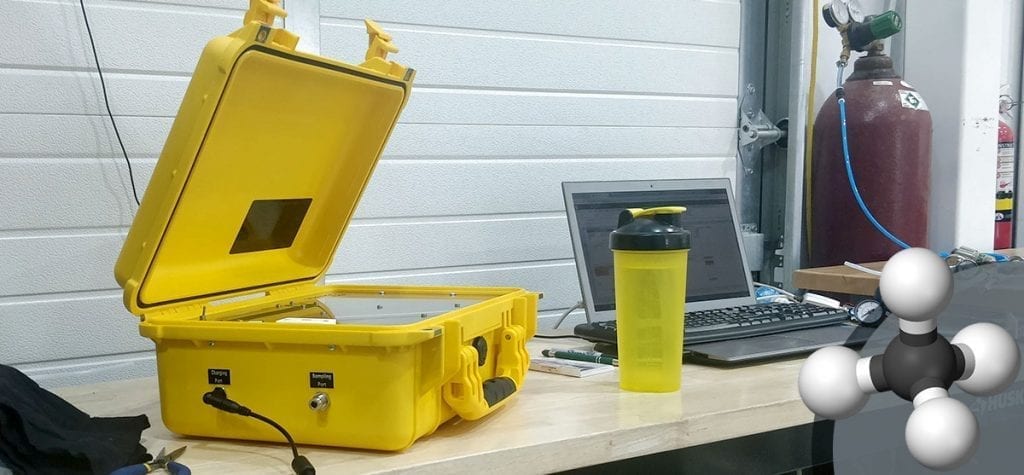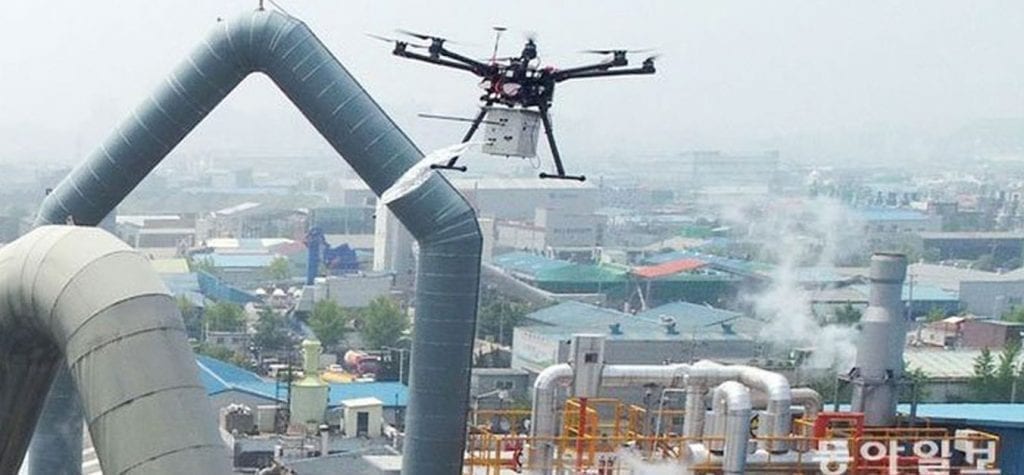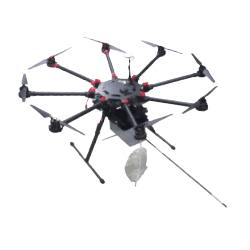Breaking: Scentroid DR1000 Used in Landfill Methane Study
A recent study was conducted by the Michigan Department of Environment, Great Lakes, and Energy which utilized the Scentroid DR1000. The study aimed to investigate the impact municipal solid waste landfills have on atmospheric methane. This remains a major contributor to global warming. Several methods of tracking methane were currently deployed – however, they held […]
Breaking: Scentroid DR1000 Used in Landfill Methane Study Read More »





